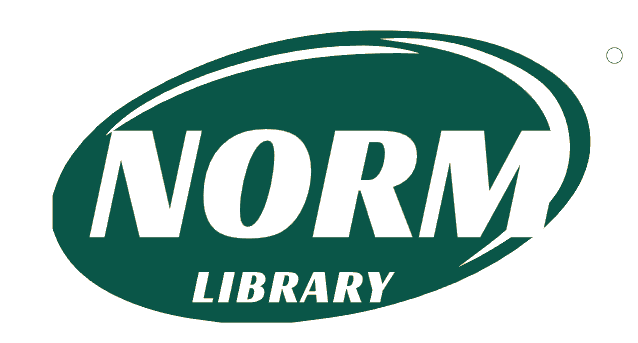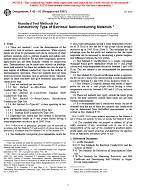ASTM F42 – Standard Test Methods for Conductivity Type of Extrinsic Semiconducting Materials (Withdrawn 2003)
This standard was transferred to SEMI (www.semi.org) May 2003
1.1 These test methods cover the determination of the conductivity type of extrinsic semiconductors. While explicit details are given for germanium and silicon, inclusion of other extrinsic materials such as gallium arsenide and indium antimonide should be feasible. For the latter compounds, however, applicability has not been formally verified by round-robin tests. Determinations can be made most reliably on homogeneous bulk material, but these test methods may also be used to map regions of different conductivity type on the surfaces of inhomogeneous specimens. These test methods have not been tested on layered structures such as epitaxial layers. Measurements on these structures may give erroneous indications of conductivity type.
1.2 Four test methods are described:
1.2.1 Test Method A-Hot-Probe Thermal EMF Conductivity-Type Test.
1.2.2 Test Method B-Cold-Probe Thermal EMF Conductivity-Type Test.
1.2.3 Test Method C-Point-Contact Rectification Conductivity-Type Test.
1.2.4 Test Method D-Type-All system operating in two modes:
1.2.4.1 Rectification Conductivity-Type Test.
1.2.4.2 Thermal EMF Conductivity-Type Test.
1.3 Experience has shown that Test Method A (hot-probe) gives dependable results in n- and p-type silicon having a room-temperature resistivity up to 1000 cm. Resistivity of germanium specimens may be measured in accordance with Test Methods F 43 and resistivity of silicon slices may be measured in accordance with Test Methods F 43 or Test Method F 84.
1.4 Test Method B (cold-probe) gives dependable results for n- and p-type germanium having a room-temperature resistivity of 20 cm or less and for n- and p-type silicon having a resistivity up to 1000 cm (Note 1). This technique has the advantage over the hot-probe test method in that the signal amplitude can be increased by developing a greater temperature difference between the two probes.
1.5 Test Method C (rectification) is a simple convenient technique which gives dependable results for n- and p-type silicon with room-temperature resistivity between 1 and 1000 cm. This test method is not recommended for germanium (Note 1).
1.6 Test Method D (type-all rectification mode) is appropriate for use on n- and p-type silicon having a room-temperature resistivity between 0.1 and 1000 cm, inclusive (Note 1).
1.7 Test Method D (type-all thermal emf mode) is appropriate for use on n- and p-type silicon having a room-temperature resistivity between 0.002 and 0.1 cm, inclusive (Note 1).
1.8 These test methods may apply outside the limits given above, but their suitability outside these limits has not been verified experimentally.
1.9 It is recommended that if satisfactory results can not be obtained with the use of these test methods that conductivity type be determined from Hall-effect measurements as described in Test Methods F 76.
Note 2: DIN50432 covers technical equivalents to Test Methods A and C of these test methods, but does not include Test Methods B and D.
1.10 This standard does not purport to address all of the safety concerns, if any, associated with its use. It is the responsibility of the user of this standard to establish appropriate safety and health practices and determine the applicability of regulatory limitations prior to use.
Product Details
- Published:
- 12/10/2002
- Number of Pages:
- 6
- File Size:
- 1 file , 68 KB
- Note:
- This product is unavailable in Russia, Ukraine, Belarus





